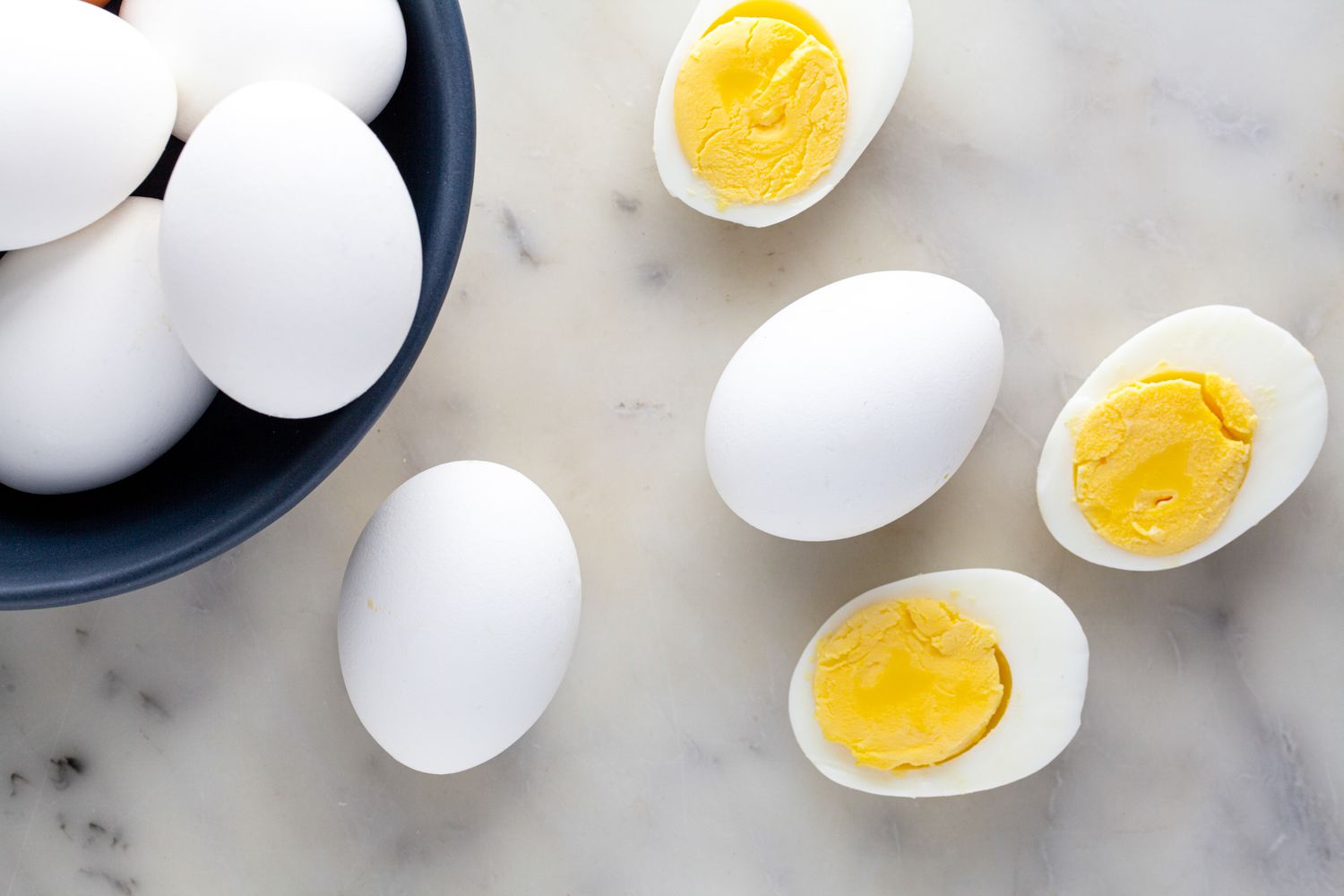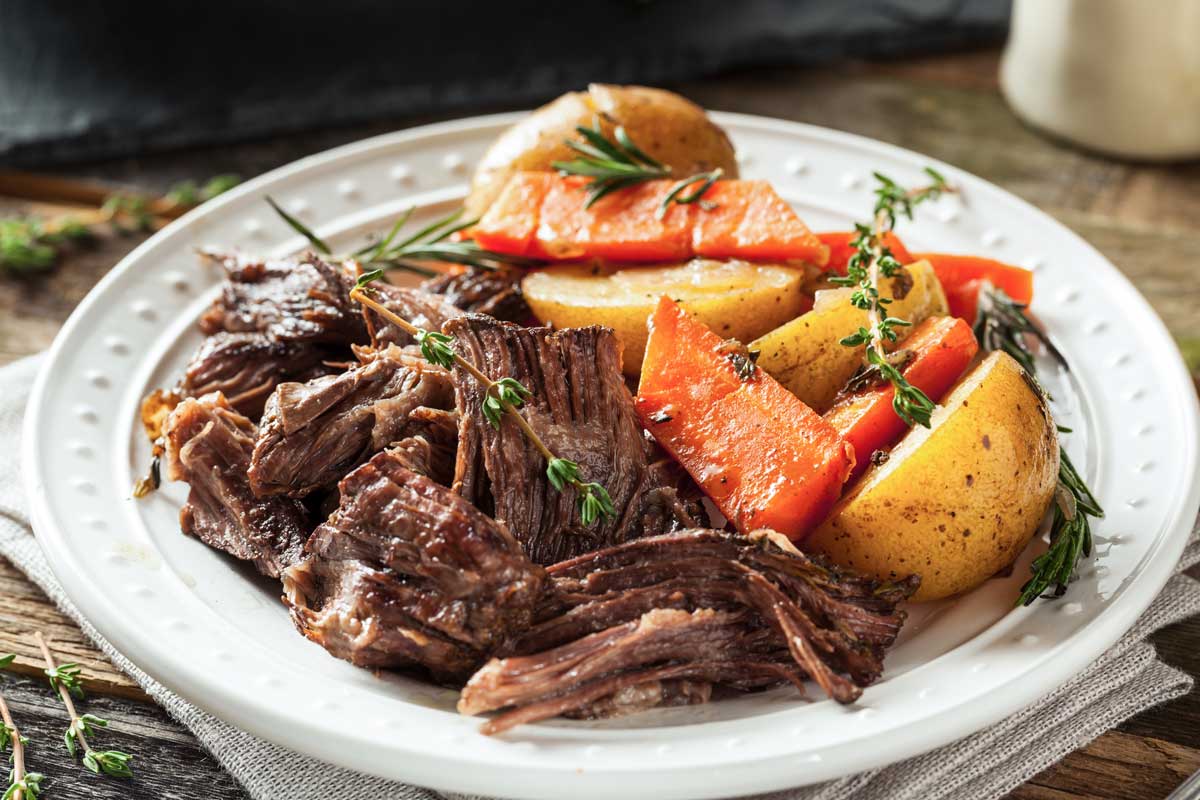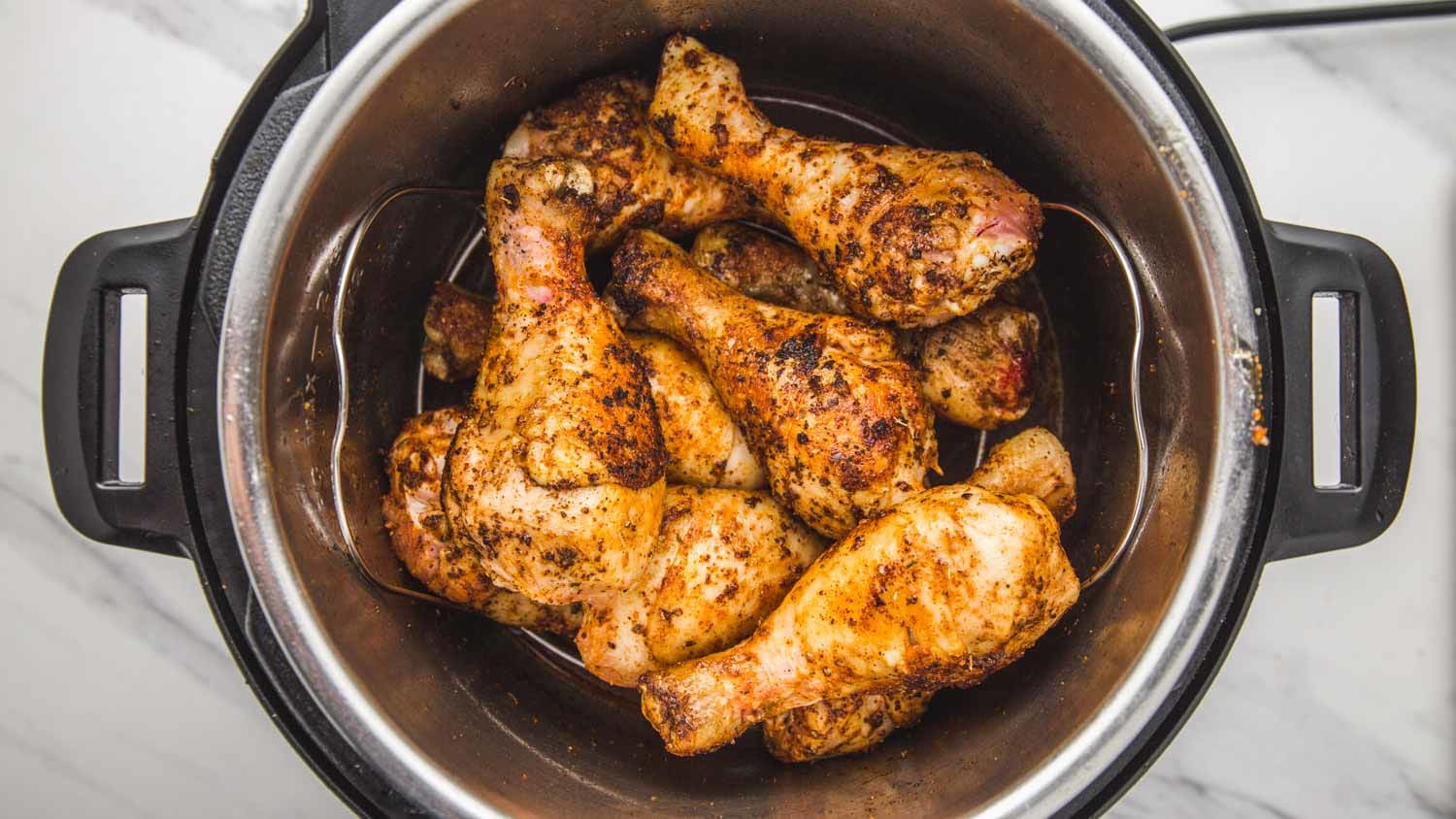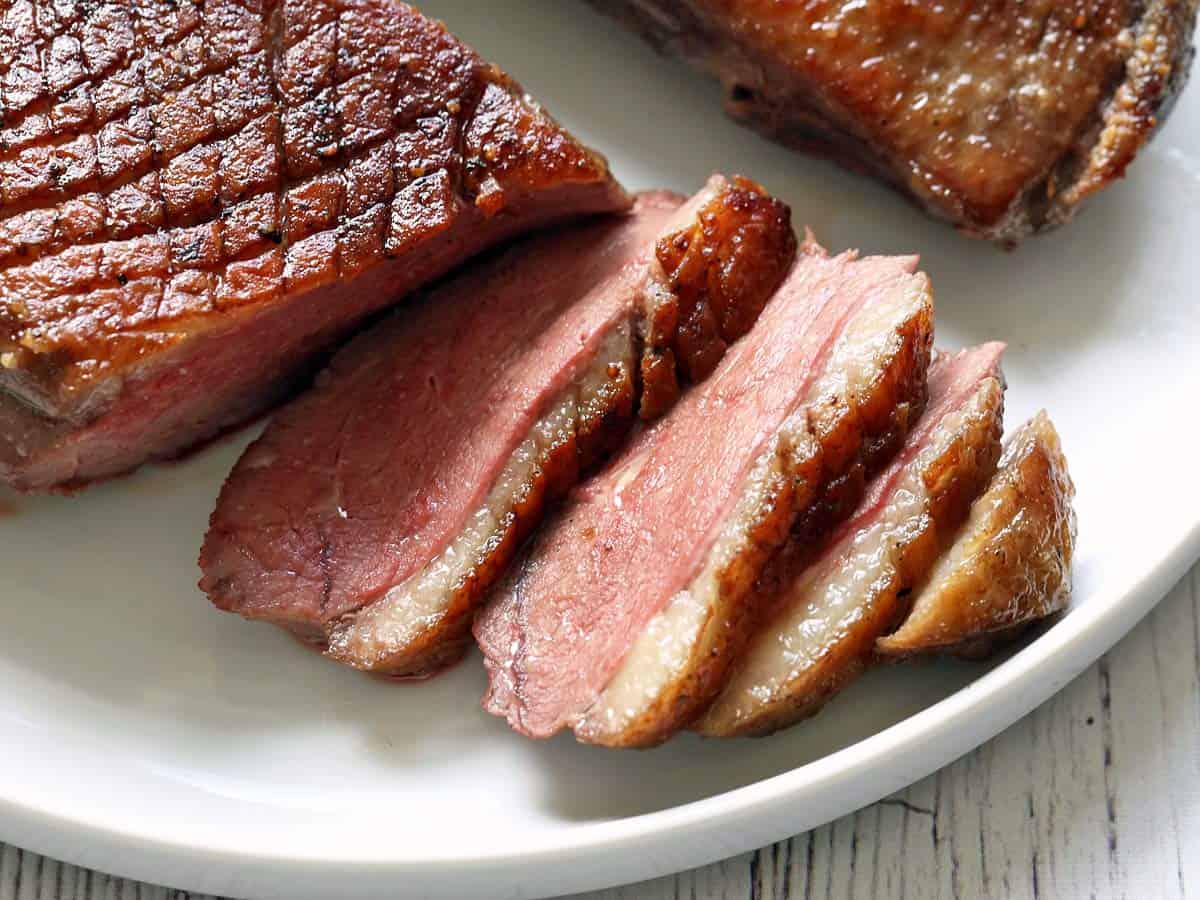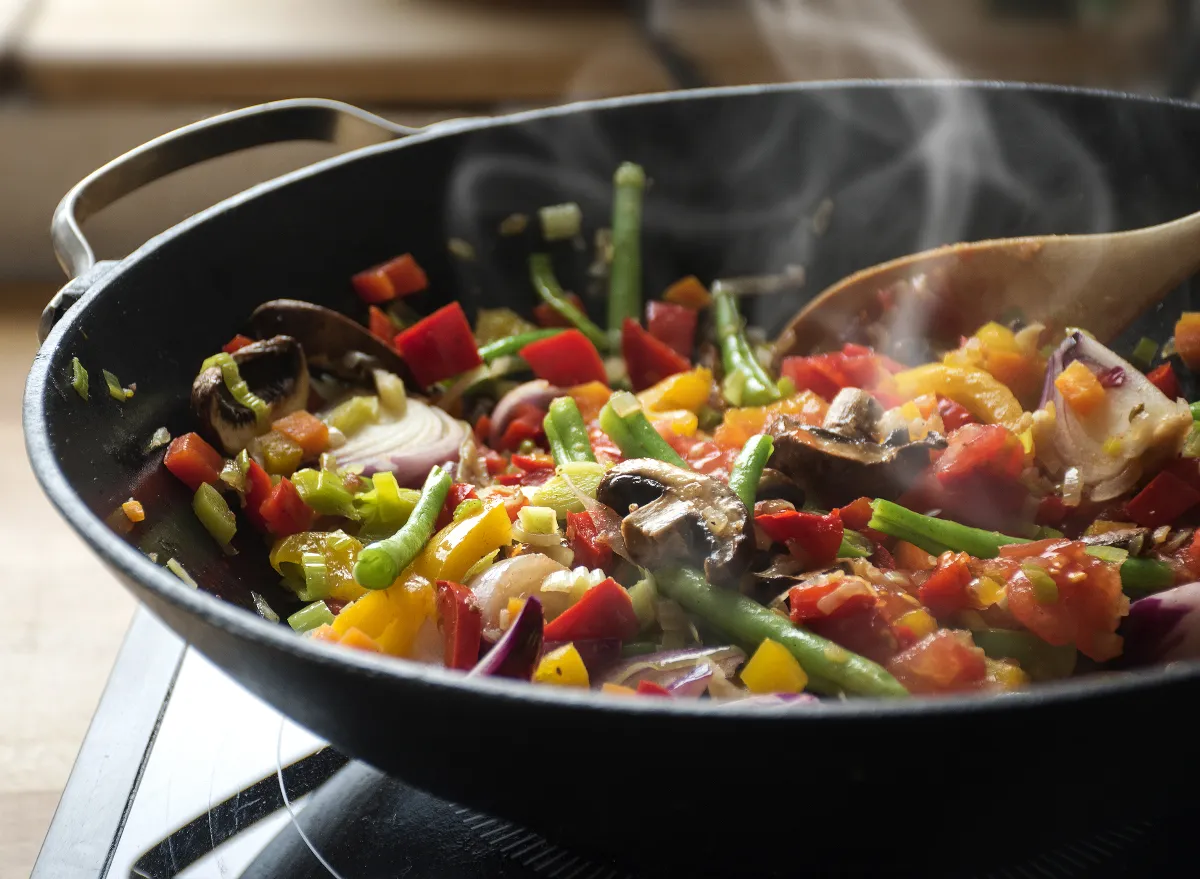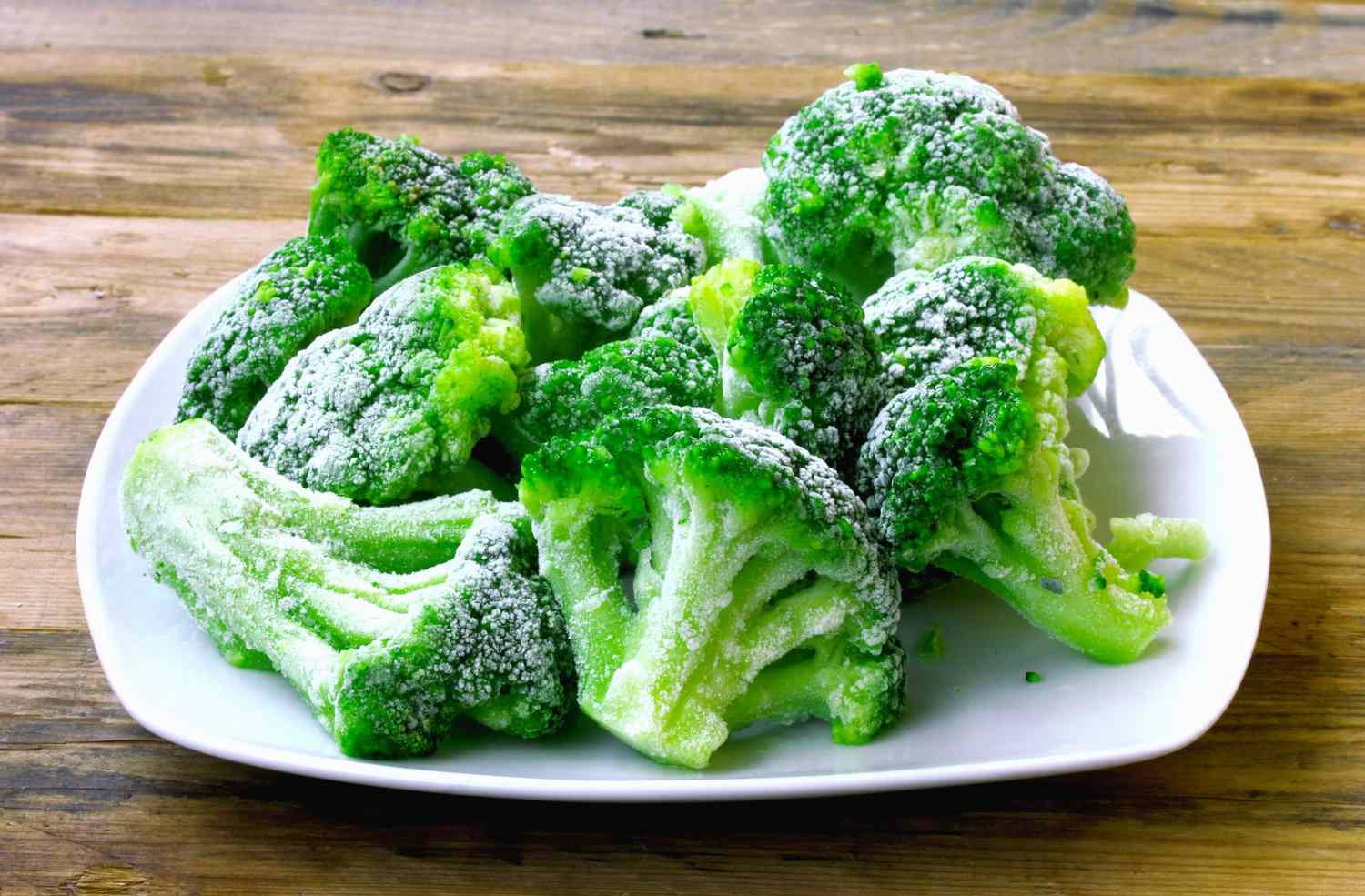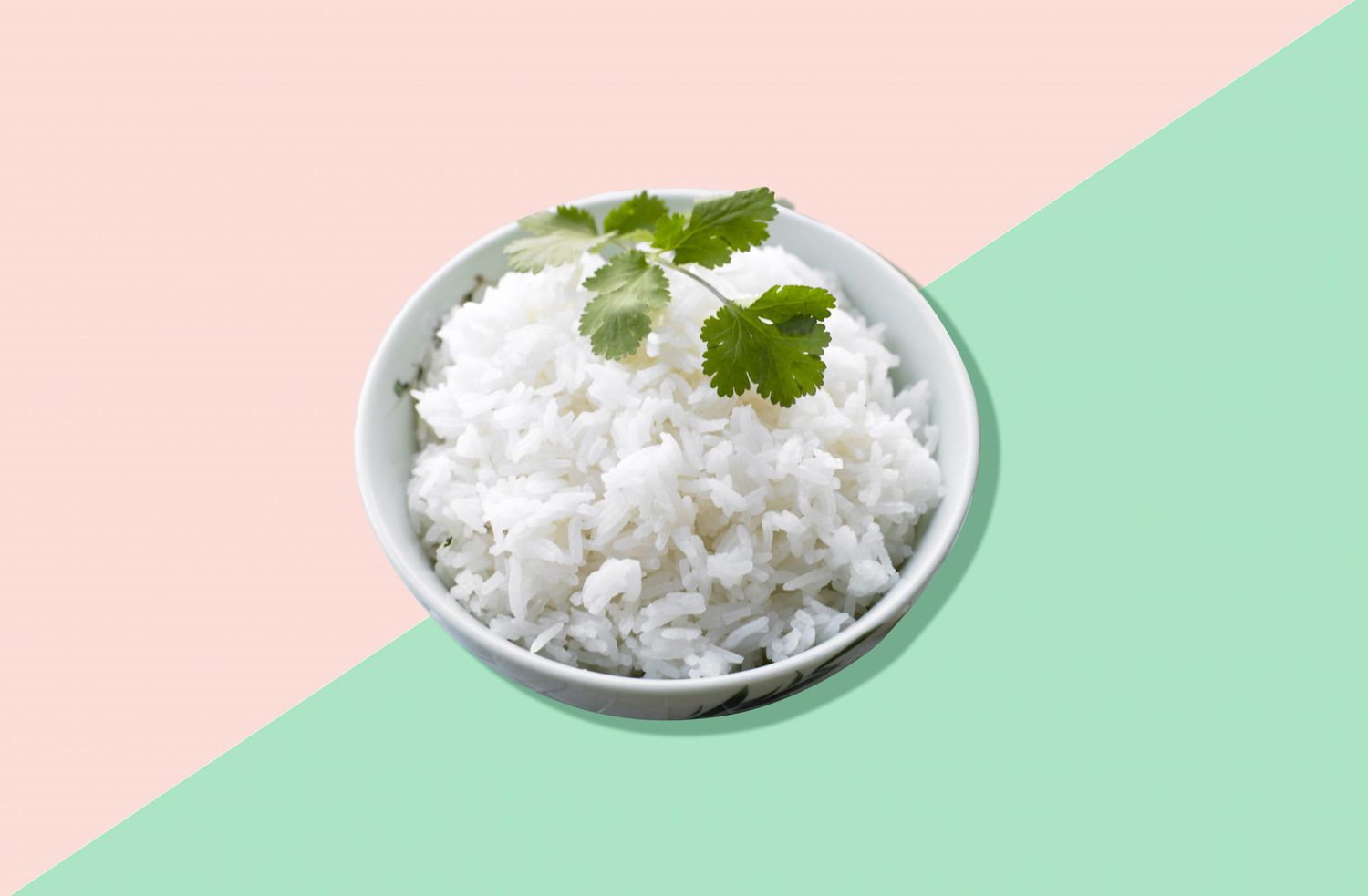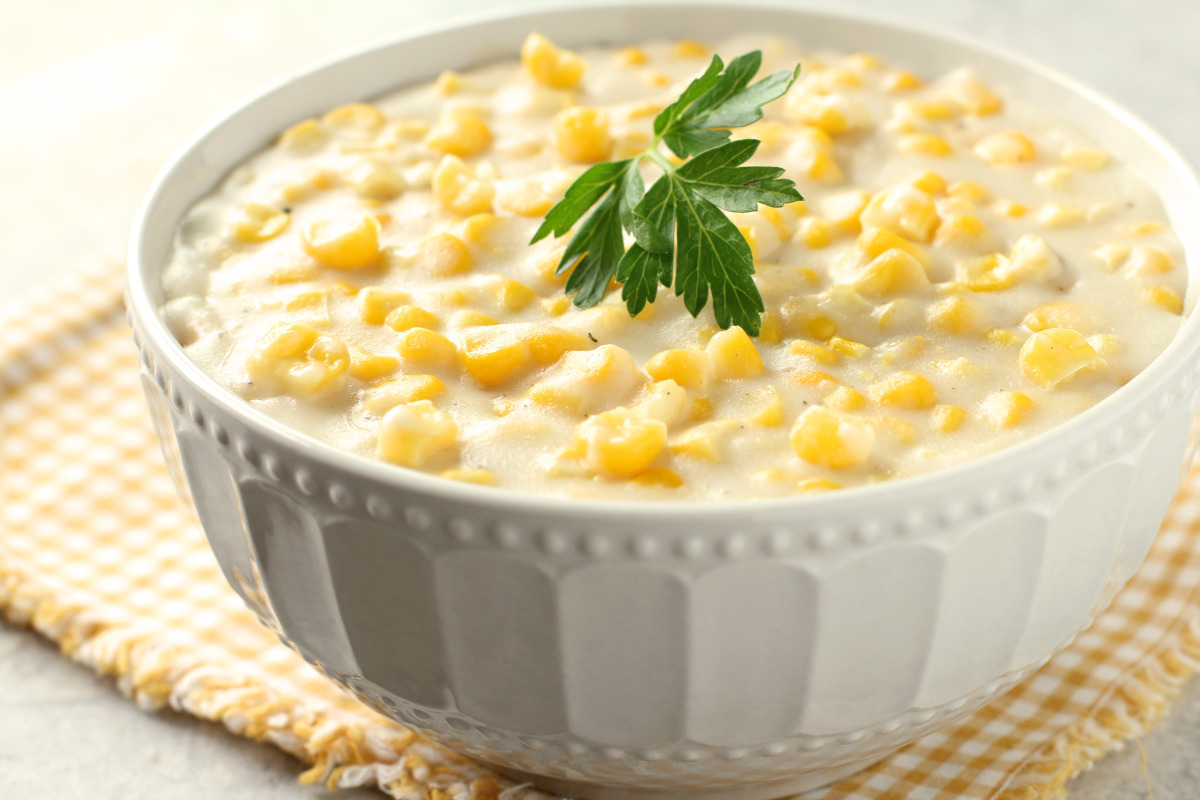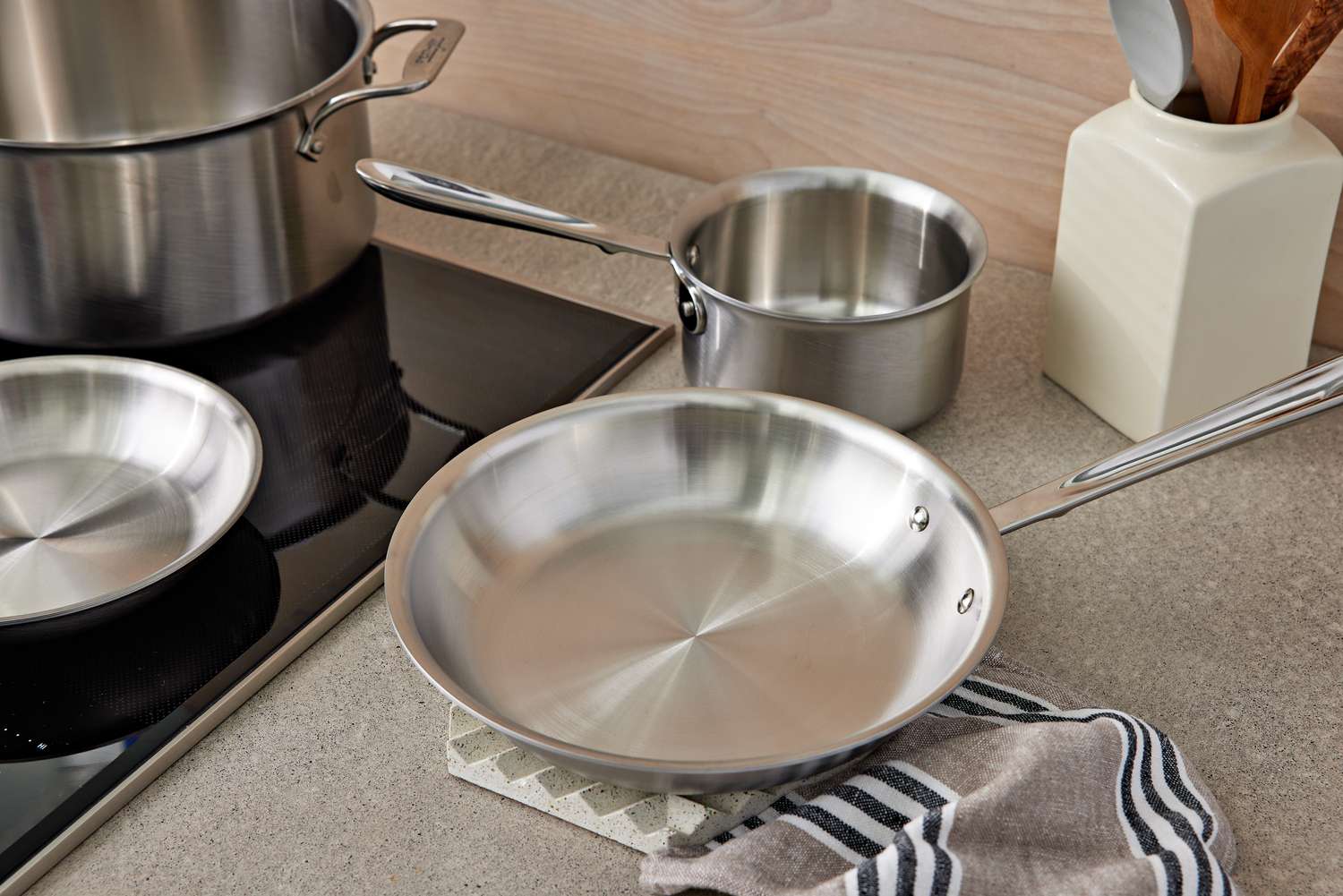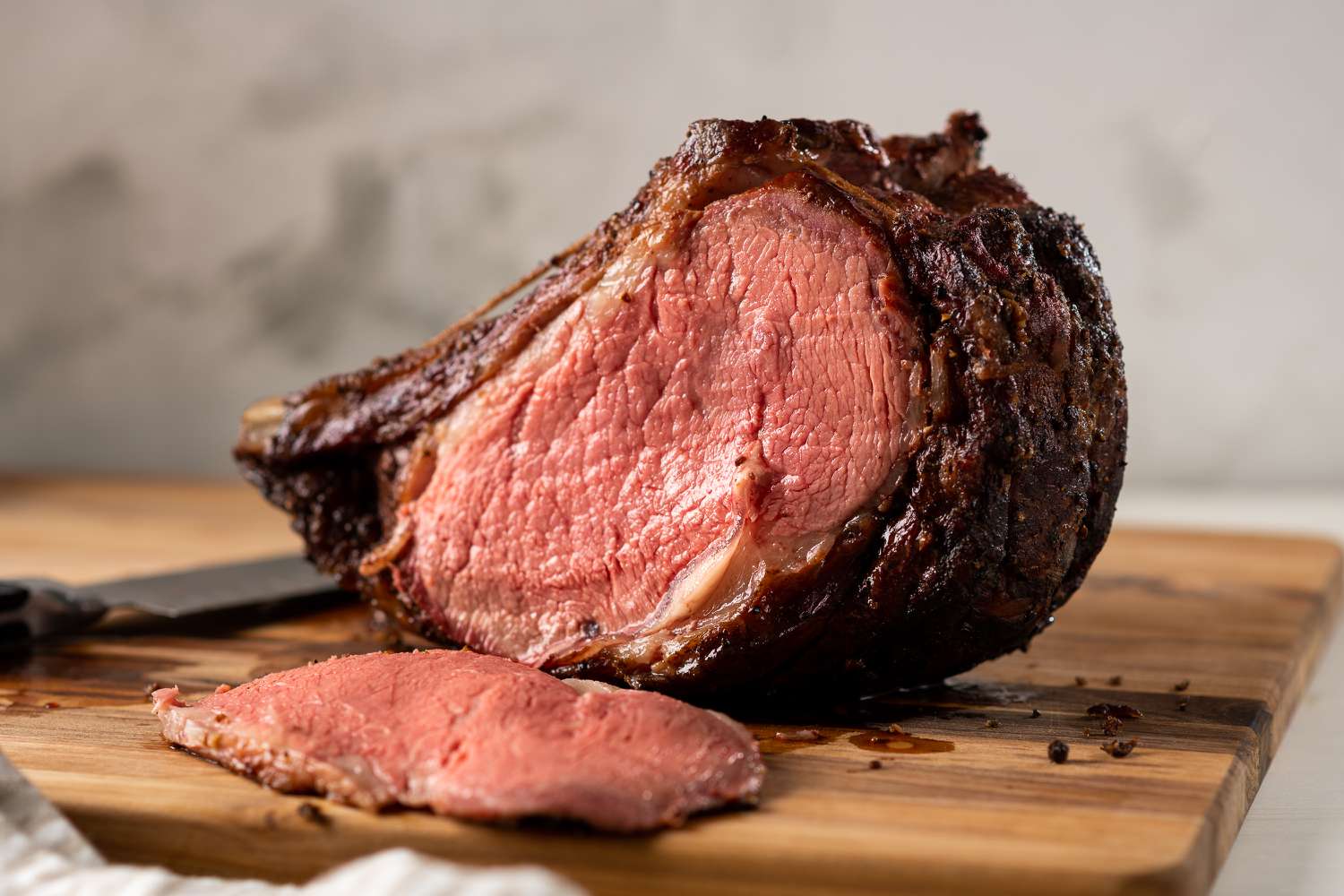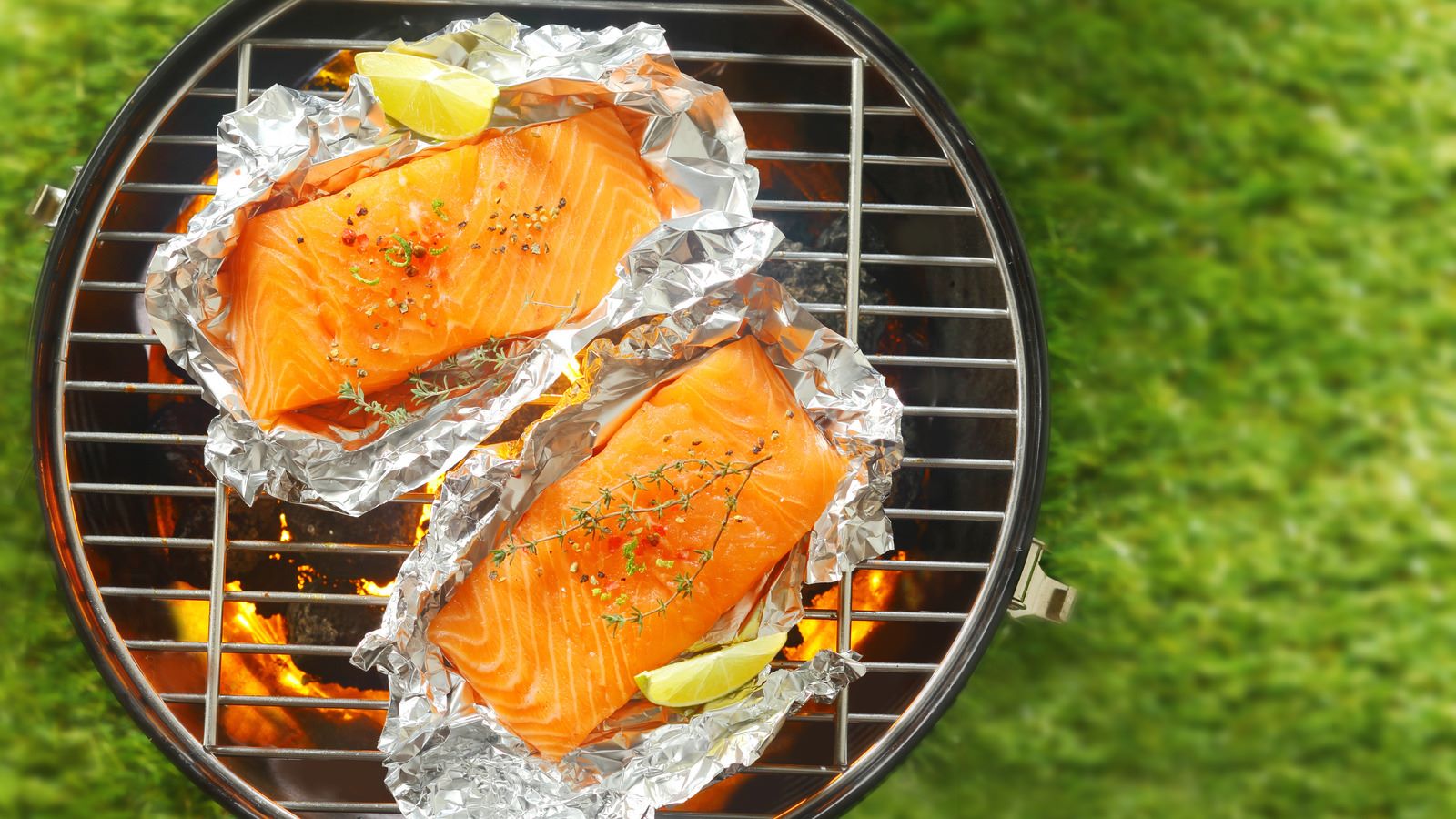Unlock the Deliciousness: Cooking Lobster in a Pot
Gather your apron, don your chef’s hat, and prepare to dive into the flavors of the sea as we uncover the secrets of cooking lobster in a pot. Whether you’re a seasoned seafood enthusiast or a curious culinary explorer, this step-by-step guide will help you master the art of perfectly cooked lobster.
Choose Your Hero: Finding the Perfect Lobster
Before embarking on your lobster cooking adventure, it’s essential to select the star of your culinary show. Here are a few tips to ensure you choose a lobster that promises succulent and mouthwatering results:
- Opt for live lobsters: For the freshest and most flavorful outcome, select live lobsters. They should be active, lively, and have strong claws.
- Size matters: Depending on your preference and recipe, choose a lobster ranging from 1 to 2 pounds. Smaller lobsters tend to be more tender, while larger ones offer a bolder flavor.
Once you’ve chosen your lobster, it’s time to prepare your pot for the cooking process.
Setting the Stage: Preparing Your Pot
Choosing the right pot is vital to ensure the lobster cooks evenly and retains its natural flavors. Here’s what you’ll need:
- A large pot with a tight-fitting lid
- A steaming rack or basket
- Fresh water
Fill your pot with enough water to cover the lobsters fully. Add a generous amount of salt to create a briny environment that enhances the lobster’s taste. Bring the water to a rolling boil, and then carefully place the lobsters into the pot.
The Dance Begins: Cooking the Lobster
As the lobsters gracefully swim in the boiling water, it’s essential to cook them just right. Follow these steps to achieve lobster perfection:
- Cover the pot with the lid and allow the water to return to a boil.
- Reduce the heat slightly, maintaining a gentle boil.
- Calculate the cooking time based on the size of your lobster. Plan for approximately 10 minutes for the first pound, adding 3-4 minutes for each additional pound.
- To ensure that the lobster is cooked thoroughly, insert a kitchen thermometer into the joint between the body and the tail. It should read 140°F (60°C) when the lobster is fully cooked.
- Once the lobster reaches the desired temperature, remove them from the pot using tongs or a slotted spoon.
Savor the Moment: Serving and Enjoying Your Lobster
Now that you’ve successfully steamed your lobster to perfection, it’s time to savor your hard-earned meal. Here are a few suggestions for serving your delectable creation:
- Melted butter: The classic accompaniment to lobster, melted butter takes it to the next level. Fill a small dish with melted butter for dipping.
- Lemon wedges: A squeeze of fresh lemon adds a burst of citrusy goodness to complement the rich lobster meat.
- Side dishes: Serve your lobster with a side of freshly baked bread, a crisp salad, or flavorful roasted vegetables to complete the meal.
With these simple steps and a dash of culinary enthusiasm, you can confidently cook lobster in a pot and impress your guests with a magnificent seafood feast. So, go ahead, embrace your inner chef, and embark on an unforgettable gastronomic journey!
Was this page helpful?
Read Next: How To Cook Rib Meat
numarisroytman9
Numaris Roytman is a Israeli Binary File Data Expert . Learn how to read data from binary files using Azure Databricks. What is the easiest way (using a graphical tool or command line on Ubuntu Linux) to know if two binary files are the same or not (except for the time stamps)? I do not need to actually extract the difference. I just need to know whether they are the same or not.
